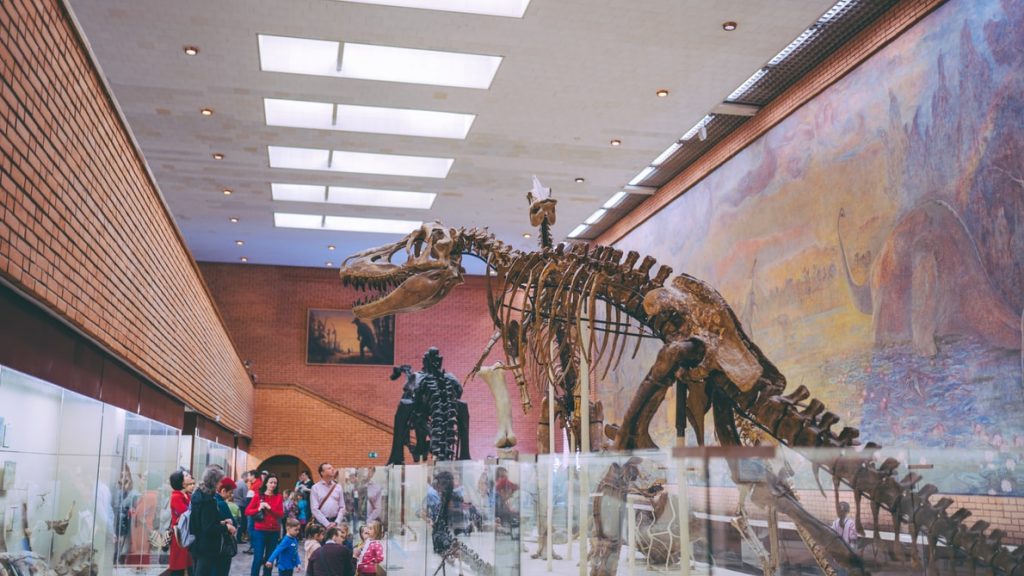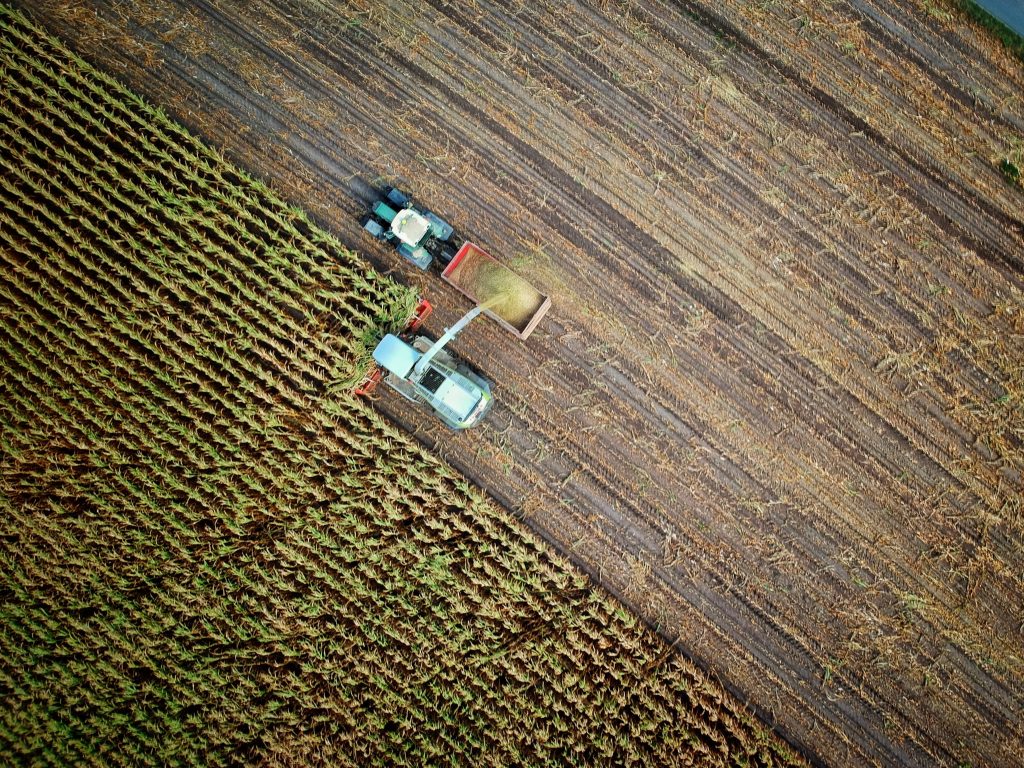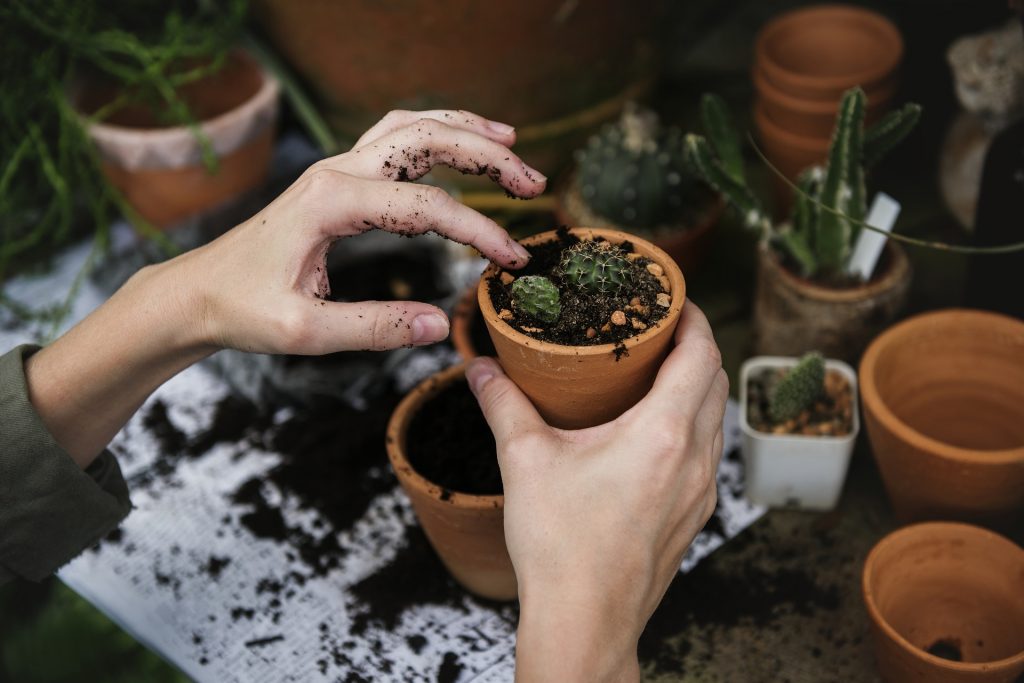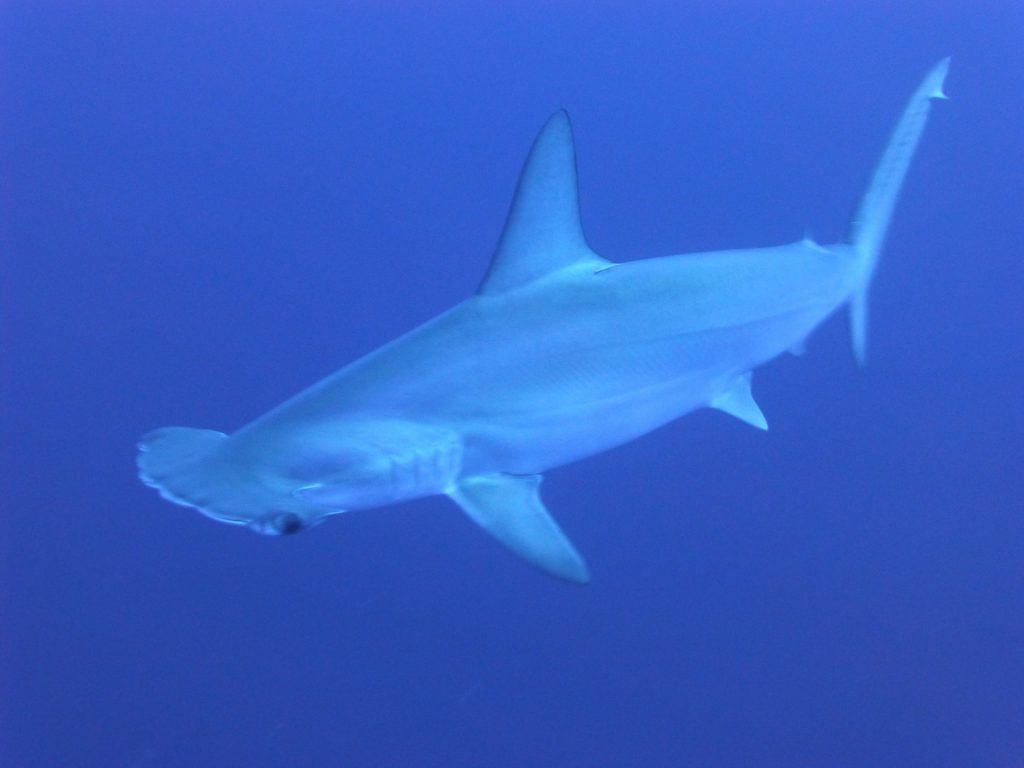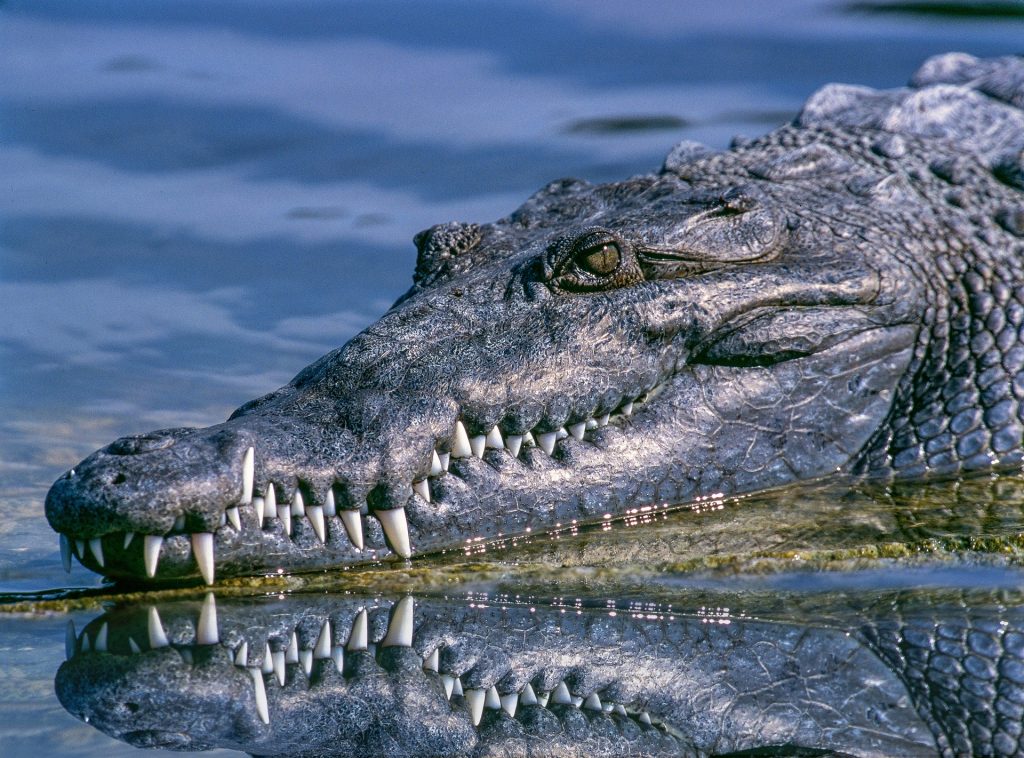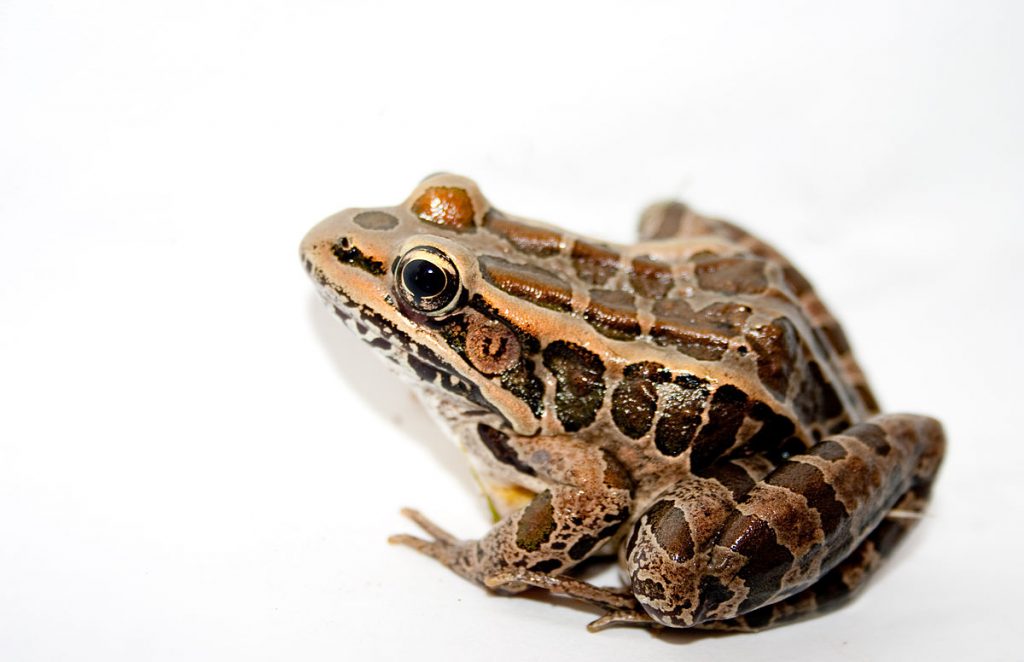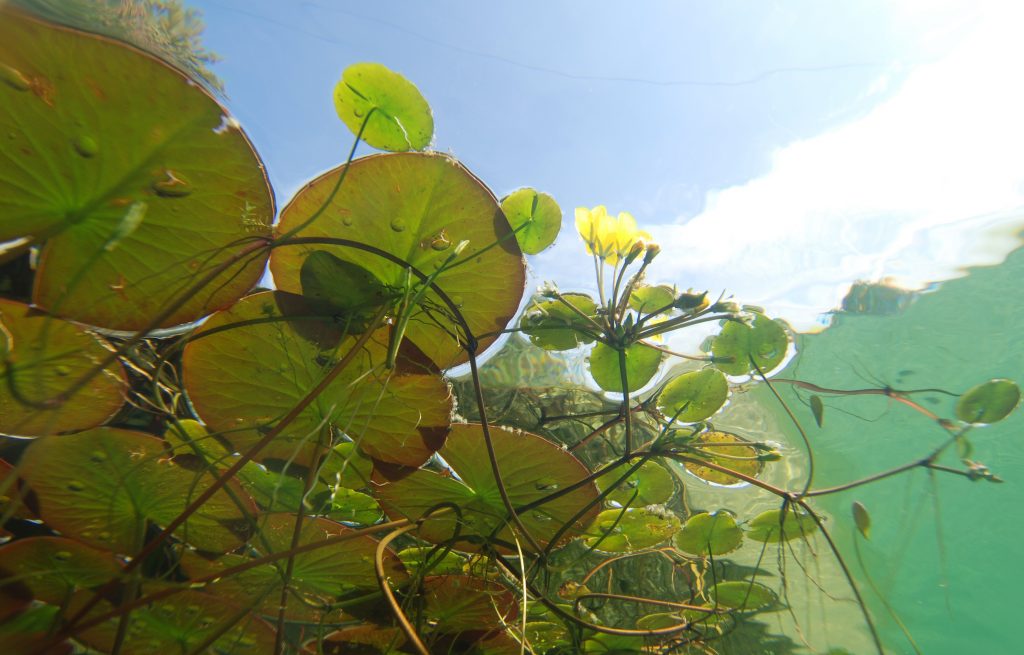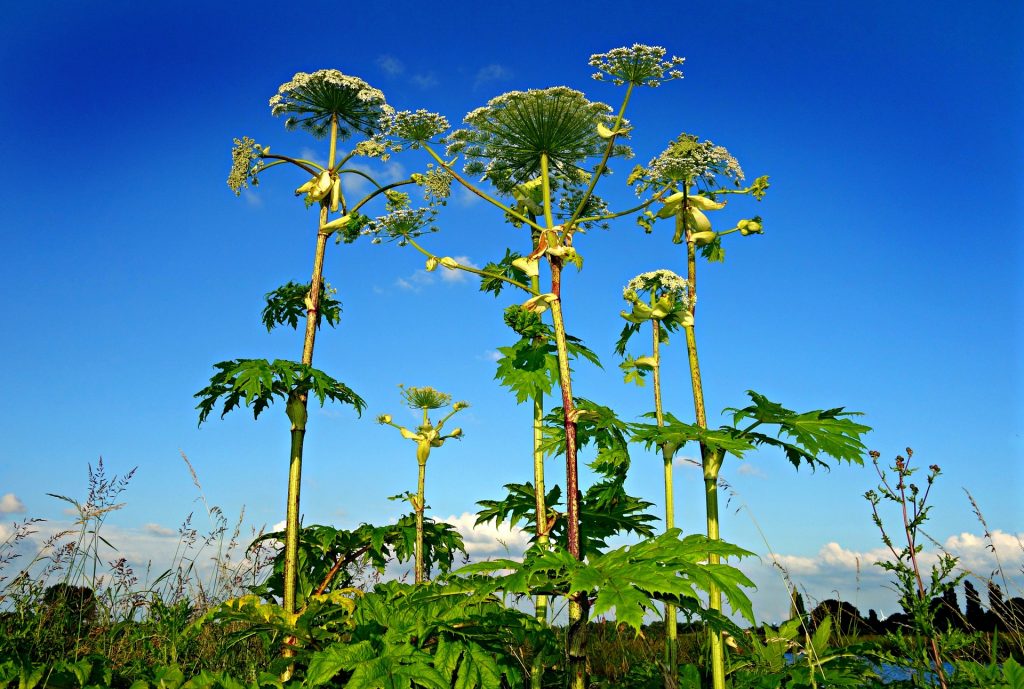One of the most striking examples of evolutionary transition in all biology history is the evolution of modern birds. Their group of land vertebrates is the most diverse on Earth, with more than 10,000 extant species worldwide (Brusatte et al. 2015). This evolutionary transition from an animal very much alike Tyrannosaurus rex, date back to …
